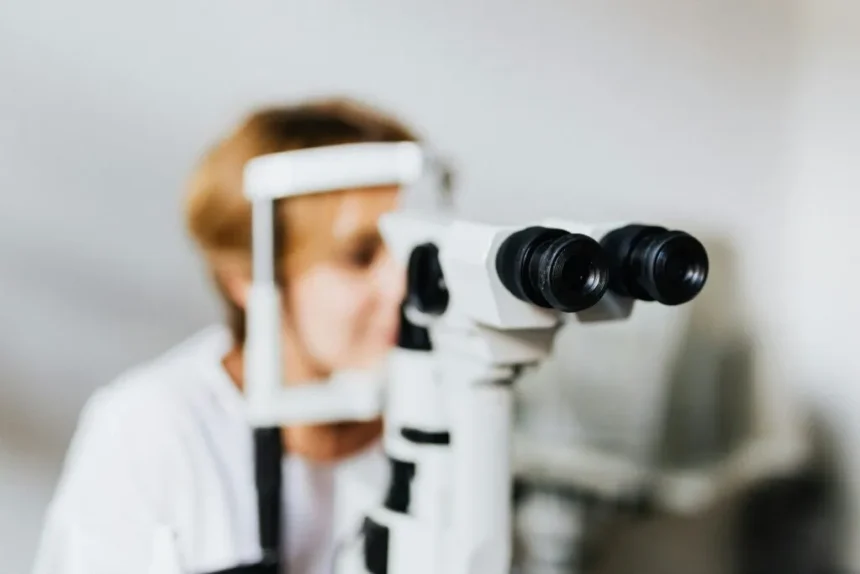Evaluating vision after a traumatic event, such as a concussion or brain injury, is a process designed to identify and understand visual dysfunctions. The purpose of this evaluation is to assess how the trauma has affected the communication between the eyes and the brain. Eye experts, including those with training in neuro-optometry, conduct these specialized assessments to gain a complete picture of an individual’s functional vision. Here is more information on how these experts evaluate post-trauma vision syndrome:
Understanding Post-trauma Vision Syndrome
Post-trauma vision syndrome can occur in those who experience a traumatic brain injury. After a traumatic event, individuals may experience a range of visual disturbances that extend beyond clarity of sight. These issues stem from disruptions in how the brain processes visual information. Common symptoms include blurred or double vision, sensitivity to light, and difficulties with eye movements.
A person might also notice problems with depth perception, balance, and spatial awareness. Reading can become challenging due to trouble with tracking lines of text or maintaining focus. These visual symptoms can affect daily activities and overall quality of life, which is why a detailed evaluation is a logical next step.
Exploring the Evaluation Process
A post-traumatic vision evaluation is more in-depth than a routine eye examination. It focuses on the functional aspects of the visual system and its integration with other sensory systems. The process typically begins with a detailed case history, where the specialist gathers information about the traumatic event. They’ll also ask about the patient’s symptoms and their specific daily challenges.
Following the history, the specialist performs a series of tests to assess various visual skills. These tests examine:
- Eye tracking, which is the ability to follow a moving object smoothly.
- Eye teaming, or how well the two eyes work together.
- Focusing skills, which involve the eyes’ ability to shift focus between near and distant objects.
- Visual information processing, which is how the brain interprets the data it receives from the eyes.
This evaluation also assesses visual-motor integration and peripheral vision awareness.
Identifying the Techniques Used
Specialists use a variety of tools and techniques to measure functional visual performance. Standard eye charts assess visual acuity, but the evaluation goes much further. Prisms and specialized lenses may be used to measure how the eyes align and work together. Computerized testing can provide objective data on eye movements, tracking abilities, and reaction times.
Other instruments might be used to evaluate peripheral vision and depth perception. The specialist may also observe the patient performing specific tasks to see how vision affects balance and movement. Combining these diagnostic tools allows the eye expert to identify specific areas of dysfunction and quantify the extent of the post-traumatic vision issues.
Find a Neuro-Optometrist
The evaluation of post-traumatic vision issues is a systematic process that eye experts use to understand the functional impact of a neurological event. It begins by identifying the specific visual problems a person is experiencing. Through a comprehensive assessment using specialized tools and techniques, specialists evaluate key visual skills like eye tracking, teaming, and focusing. The findings from this examination provide a clear picture of the visual dysfunctions, which are necessary for creating a plan to manage them. Consult with a qualified professional to learn more.














